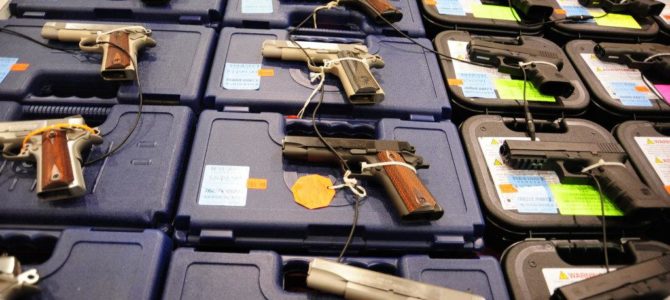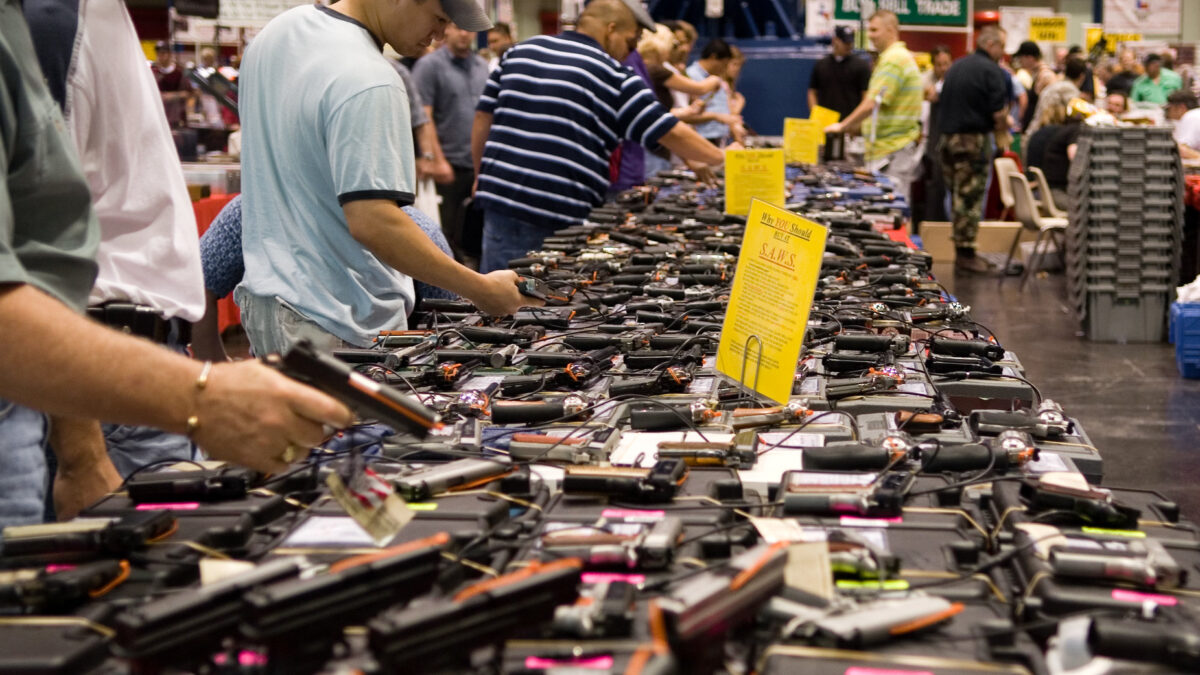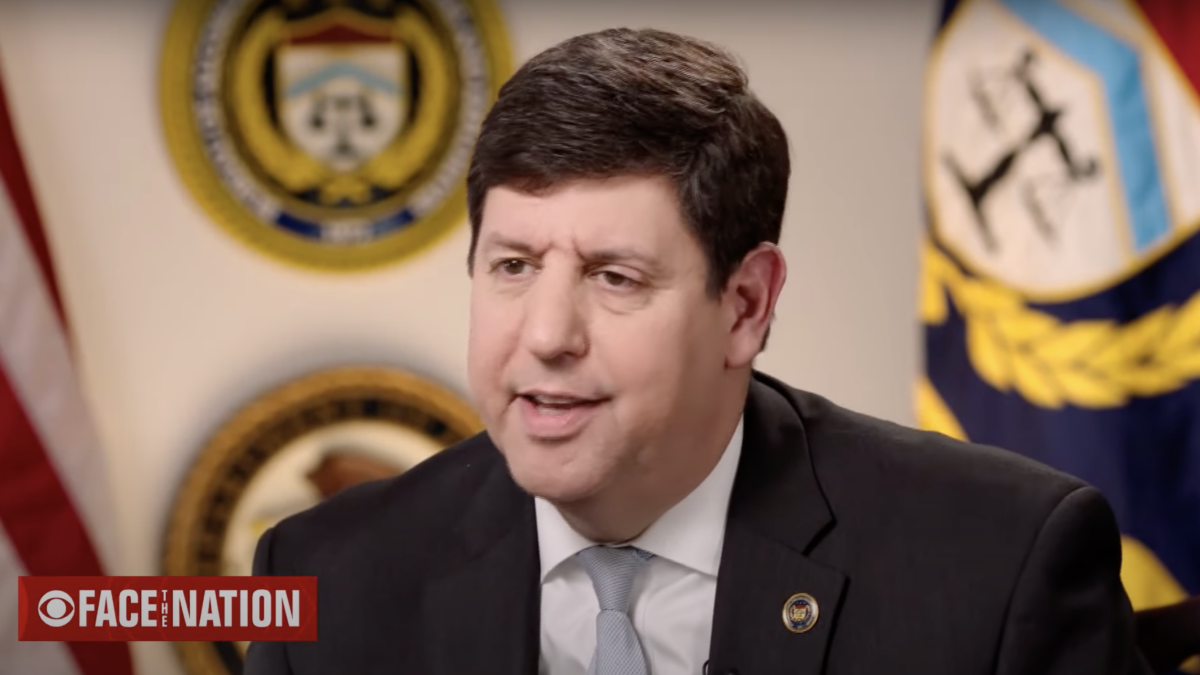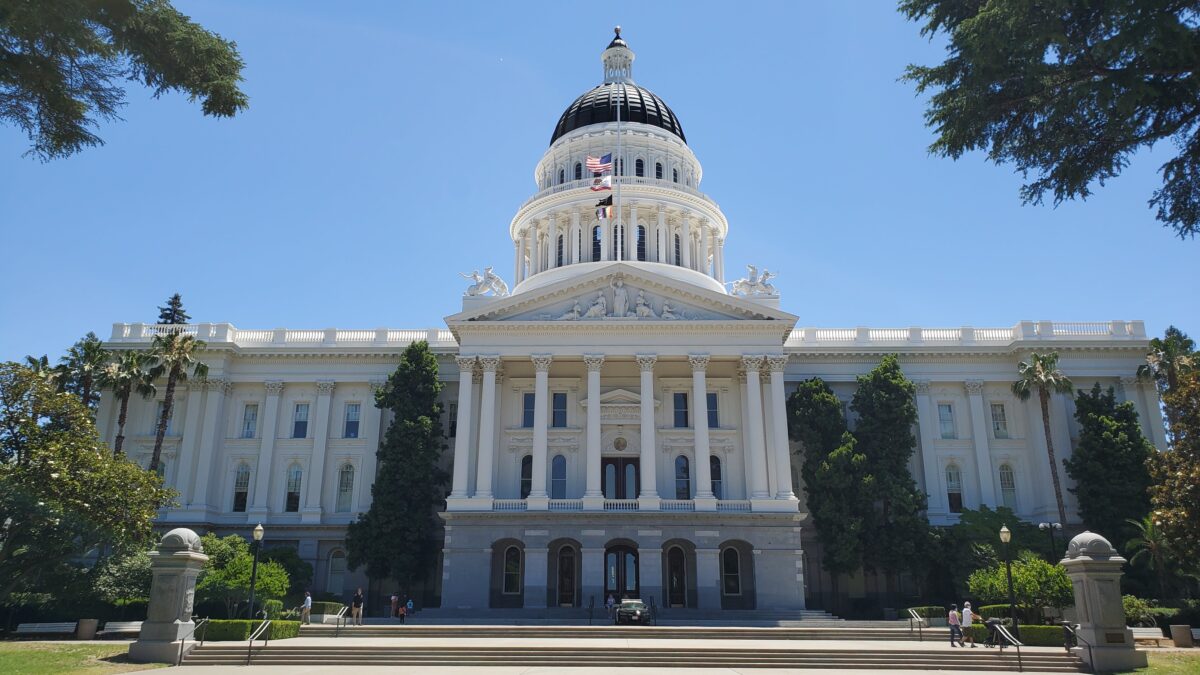
President Trump made up his mind some time ago to ban bump stocks, the woefully ineffective firearm accessory regrettably used in the 2017 Las Vegas shooting. Recently, though, reports from CNN and the New York Times indicate that the Trump administration is poised to implement a ban on these devices in the coming days. There are two major issues with this: they can’t legally do it, and it’s dumb.
Still, you may remember the media storm around bump stocks last year. Deserved or not, a proposition to ban bump stocks seemed to have bipartisan support, but Congress couldn’t agree on a way to ban or regulate the devices, so the momentum petered out.
Perhaps in search of mythical bipartisanship points, Trump ordered the Department of Justice (DOJ) to craft a new administrative rule banning the devices. This might seem odd to anyone who has managed to stay awake through a single civics class or a third of an episode of “Schoolhouse Rock.” That’s because this attempt to bypass the legislature is completely out of line with the law.
Bump Stocks Are Not Machine Guns
For better or for worse, the DOJ was given the authority to regulate machine guns with the National Firearms Act of 1934 and Gun Control Act of 1968. These laws specifically define a “machine gun,” and over the last 10 years several administrations have reviewed bump stocks and repeatedly determined that they do not fall in that category.
But, when faced with an opportunity for political expediency in the wake of the Vegas shooting, President Trump basically demanded the DOJ pretend as if bump stocks—a shaped piece of plastic—somehow now fall within the legal definition of “machine gun.” This is absurd.
Imagine there were a law giving the DOJ the authority to regulate blue cars, and that for decades the DOJ agreed with the reasonable proposition that green cars were not included in the definition of “blue cars,” and thus could not regulate them. Then imagine that a tragedy involving a green car occurs, and the DOJ is suddenly of the opinion that green is actually a shade of blue.
That is exactly what is happening here. Under federal law, a “machine gun” is a device “which shoots … automatically more than one shot … by a single function of the trigger.” A bump stock, on the other hand, functions with repeated actuations of a trigger.
If the government really wants to regulate bump stocks (which they shouldn’t), they need to do it by passing a new law, not by assigning new meaning to an old one. This whole point should be moot, though, because of the fact that bump stocks are not actually uniquely dangerous compared to other guns. Hollywood and video games have convinced the American public that the faster people can fire, the more deadly they can be. Reality, though, is a bit more nuanced.
How Do Bump Stocks Actually Work?
A gun’s usable rate of fire is limited by its recoil. Unlike a truck, bomb, or knife, when a firearm is discharged, it deviates from its course and needs to be re-aimed before it can fire again effectively. A gun that fires 10,000 rounds per minute is no more useful than a regular rifle if the gun is pointing in the air after the first shot. This is why not even our military regularly uses fully automatic “machine gun” fire in standard rifles—they’re just not nearly as deadly or effective as they sound.
In reality, there is no gun that is more or less safe when misused against innocent people. The American people think it’s reasonable to ban something like a bump stock because it is “like a machine gun” only because of a fundamentally flawed conception of how firearms actually work.
We need to remember that any time we want to ban something, it comes at a tremendous cost. President Trump is wasting not only time and sidestepping the law with this proposal, he is betraying his promise to protect gun rights—with no benefit to public safety.









